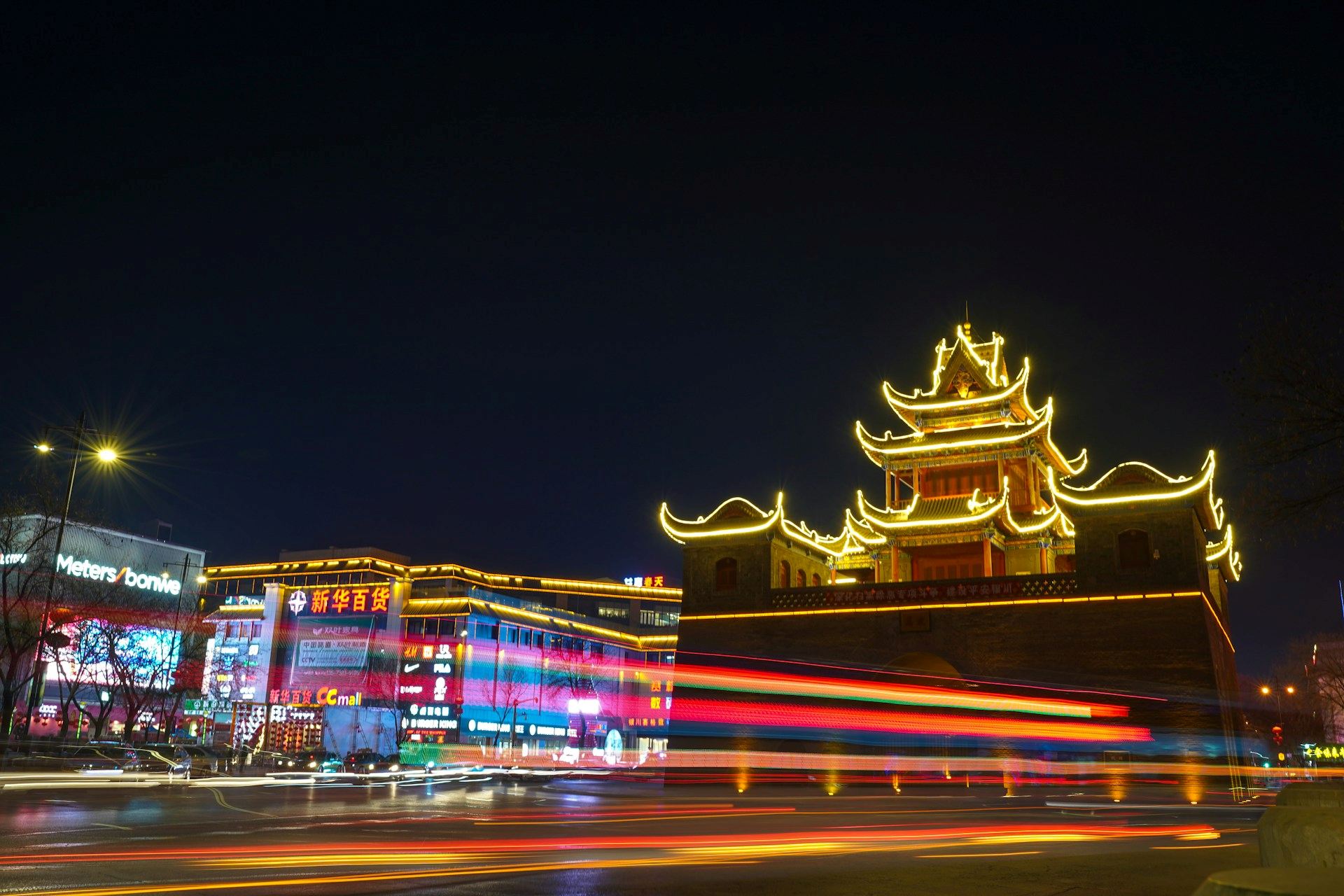In mid‑July, a strategic pivot occurred as Nvidia announced plans to resume sales of its H20 AI chips to China – part of a broader U.S.–China negotiation that also involved rare earths supply deals. This development not only restores access to a crucial 13 per cent revenue source for Nvidia, but also alters the dynamics of global AI infrastructure and semiconductor geopolitics.
This move comes after export restrictions were introduced in April to prevent advanced AI hardware from reaching Chinese firms seen as potential national security risks. Under the revised terms, the H20, though less powerful than Nvidia’s flagship chips, retains compatibility with industry‑standard software and supports major cloud and AI players like ByteDance and Tencent, who are reportedly on Nvidia’s application whitelist.
The renewed supply unlocks rich opportunities for China’s AI ecosystem, enabling continued model training and innovation. For global chip manufacturers, it adds pressure to fast-track next‑generation hardware and diversify market access. AMD has since followed suit, applying to resume MI308 sales to China, showing how trade policy shifts can reshape competitive positioning.
However, the decision has triggered concerns in Washington, with lawmakers urging oversight to prevent these technologies aiding adversarial military or intelligence initiatives. The balancing act between strategic dominance and economic benefit underscores the growing importance of “compute diplomacy” in 21st‑century tech wars.
For the technology sector, particularly chipmakers and AI platforms, this outcome underscores the need for nimble supply‑chain resilience and diversified innovation hubs. Firms may now accelerate partnerships with Chinese cloud providers while bolstering research in alternative architectures to hedge against future export shifts, especially as competition from domestic players like Huawei gathers pace.
Ultimately, Nvidia’s resumption of H20 sales signals a calibrated thaw in tech restrictions, one that reopens vital data flow yet leaves strategic caveats intact. Thriving in this new era will require semiconductor leaders to thread a fine line: balancing global engagement with export discipline, while advancing architectures that remain both powerful and politically savvy.


